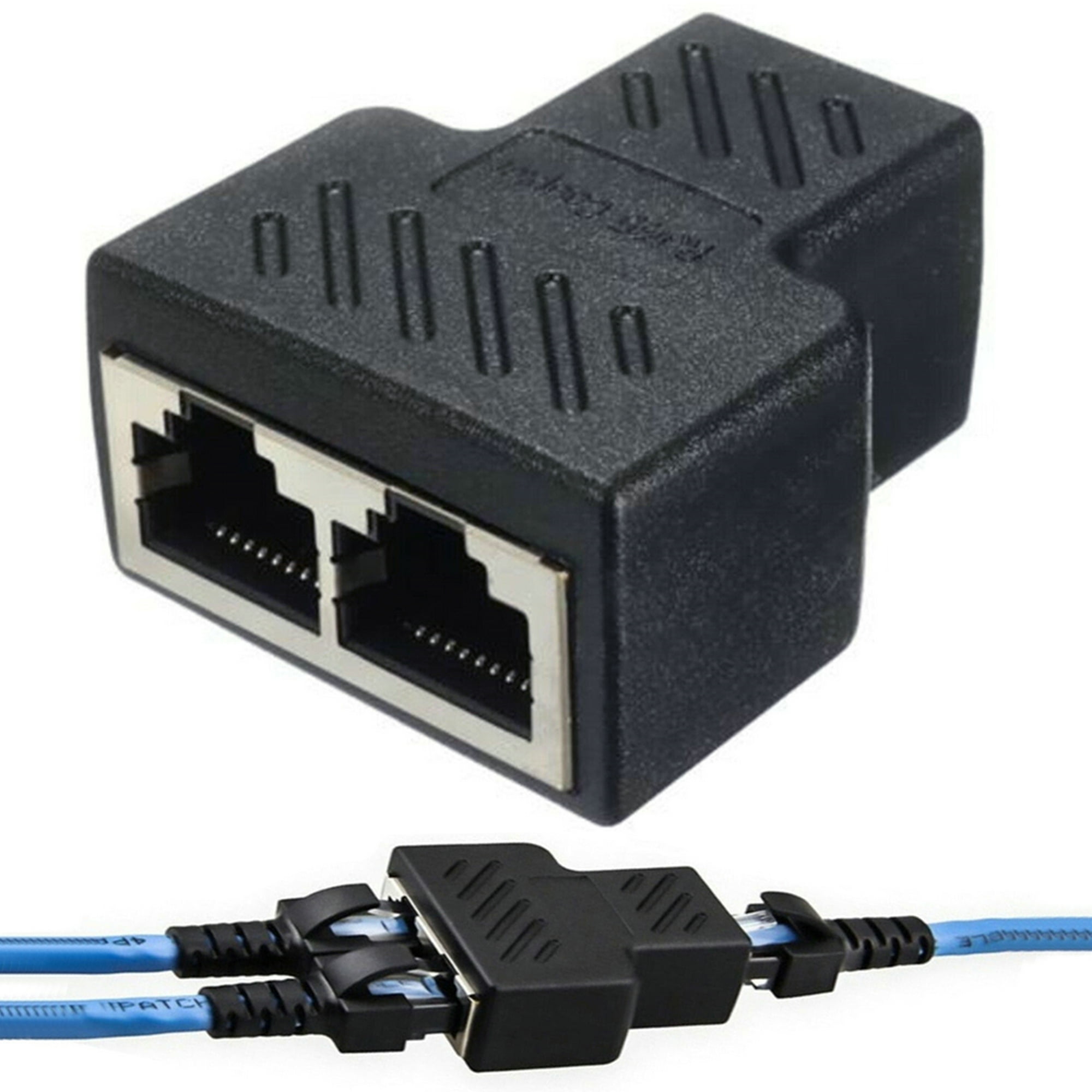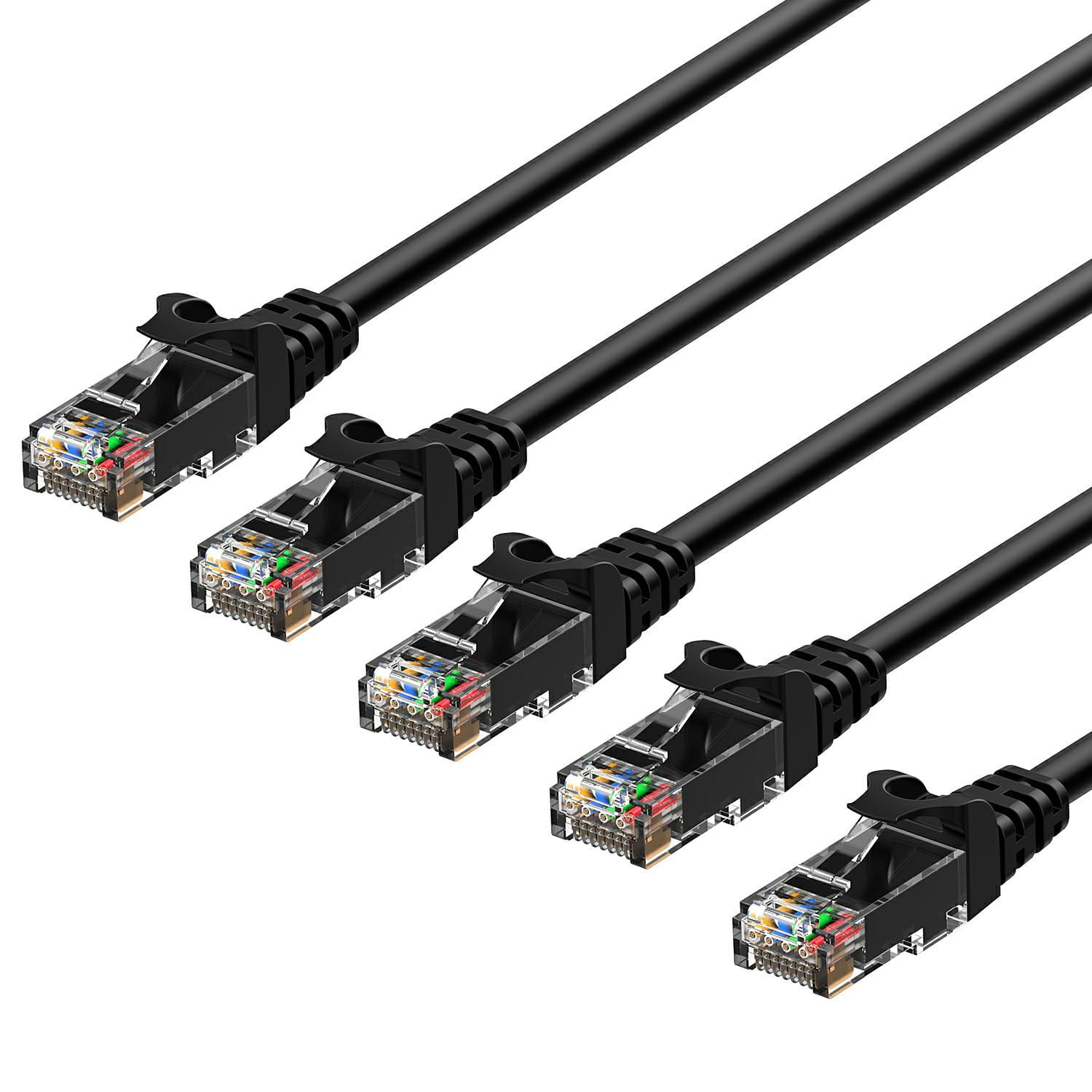

Common-mode noise in any ground region should be diverted away from the magnetics and PHY side through low impedance paths.Īll of these design goals might be addressed in different ways with Options 1-3. Any noise picked up on the cable should be prevented from coupling back into the PHY and rest of the board.ĭesign goal 3: common-mode noise shunt. The 802.3 standard specifies the Ethernet PHY must be isolated from the rest of the system in order to withstand high-potential AC up to 1500 V(RMS) at 50 to 60 Hz for 60 seconds.ĭesign goal 2: noise isolation. The answer to this question relies on a few points: how random displacement currents (noise) in a ground plane behave near the common-mode choke, whether the magnetics are integrated into the connector, and whether chassis grounding is needed between the magnetics and RJ45 to ensure EMI protection and isolation.īefore we look at which of these options is objectively best for routing between a PHY, magnetics, and the RJ45 connector, it helps to review the overall design goals:ĭesign Goal 1: ESD/overvoltage protection. Option 3: Place no ground plane between the magnetics input and the RJ45 connector.

Option 2: Use a split ground plane, where chassis ground is placed below the RJ45 and system ground runs to the input edge of the common-mode choke or Option 1: Run the system ground up to the RJ45 connector, regardless of whether magnetics are integrated into the connector or The controversy around the ground plane (or planes) starts with placement of discrete magnetics and any other components needed for termination with respect to the PHY and RJ45 connector. Everyone who works with Ethernet is pretty clear on these requirements. Shorter traces are generally preferred throughout, especially at higher frequencies (e.g., gigabit Ethernet and higher) to reduce losses.

The differential impedance is set to 100 Ohms to provide matching to the cable’s differential impedance. Note that this includes traces within a discrete magnetics circuit. Traces between the MAC/PHY, magnetics circuit, and the RJ45 connector are routed as differential pairs with defined impedance. The number, values, and arrangement of passives depends on the exact routing standard (e.g., Base-T vs. Rx and Tx lines are routed in parallel throughout the system. An Ethernet system consists of a MAC/PHY interface (usually integrated into a single IC), a magnetics circuit for common-mode noise suppression and termination, other passives for termination (usually pull-up or Thevenin termination), and the RJ45 connector.

To look more at this idea of ground planes beneath different portions of an Ethernet system and connector, let’s briefly look at the routing requirements for Ethernet and RJ45 connectors. Ethernet Layout and the Function of Ground Planes Let’s dig into this a bit deeper and see if we can understand where these differences arise, and when it is appropriate to have a continuous plane, split planes, or no planes under an RJ45 connector.
ETHERNET CONNECTOR PROFESSIONAL
As I looked through different recommendations on forums, other professional designers claim they’ve never had a problem removing all ground plane regions between the output side of the common-mode choke and the RJ45. So which is correct? The designers I work with, and recent boards we worked on, always include a system plane with chassis cutout up to the edge of the RJ45, even when multiple connectors are placed in parallel. 224 Gb/s Per Lane: Options and Challenges


 0 kommentar(er)
0 kommentar(er)
